In most suckler herds, the majority of cows will calve on their own if they are given enough time and left to it.
But unfortunately, there are times when things do not go to plan, making it necessary to step in and give the cow some assistance to deliver the calf.
In the second installment of our spring-calving series, outlined are some tips to deal with the more common problems herd owners encounter at calving time.
1 Pay attention to the
presentation of the water bag
Once the water bag is presented, pay attention to the colour of the fluids inside. They should be clear in colour.
If this is the case and the calf is properly positioned, give the cow around two hours to calve on her own before stepping in to assist. Reduce this to one hour for heifers or cows calving to a new stock bull.
However, if the fluids in the water bag appear red or brown in colour, the calf is in distress and has been for some time.
This colouring is caused by the calf passing meconium, or its first faeces, while it is still inside the amniotic sack. It is crucial that you step in immediately and deliver the calf as quickly as possible. Once born, the calf will be weak, slow to stand and require help with feeding as blood oxygen levels will be low.
There will also be occasions when cows are restless, the pin bones have dropped, the tail is up and the animal is visibly having contractions, yet no water bag has been presented.
This is a good indicator the cow has a twisted uterus. Place your hand inside the cow to check for a calf. If the uterus is twisted, you will feel your hand rotate as you push forward. At this point, phone the vet.
2 Calf presentation
Once the water bag is out, but there is no sign of the cow making progress, check the calf’s presentation. Don’t just look for front feet and the head facing forward.
Pay attention to the size of the limbs, shoulders and whether or not you can move your hand around the back of the calf’s head. Also, check the calf’s tongue is not swollen.
If the front legs feel like they are crossing over, this is a sign of a big calf with broad shoulders being squeezed through the pelvis.
This is the point to take a moment and think. An early call to the vet is a better option than pulling a big calf that gets stuck at the hips. Remember, the hips tend to be wider than the front shoulders.
3 The two inch rule
Assuming calf presentation is correct, a good way to gauge whether the cow will deliver her calf safely is the two inch rule.
Basically, once the water bag is out and you are happy with calf presentation, attach the leg ropes and give a good pull by hand.
If the calf’s legs can move forward by at least two inches, the cow should be properly dilated and likely to deliver the calf without assistance.
4 Fixing a trailing front leg
A correctly positioned calf will have its front legs in a forward position, just below the calf’s head. If legs are not forward, step in and rectify the situation.
First off, push the calf backwards to give your arm room to locate the trailing limb. Work the hand along the calf until you locate the trailing limb, then cup the hoof. Lift the leg upwards and bring forward gently.
If one leg is forward and the other leg back, attach calving ropes to the leg in the correct position before you push the calf back into the womb.
This keeps the leg facing forward, making it easier to pull the calf back into the birth canal once both legs are correctly positioned.
5 Fixing the head position
When the head is not in a forward position, attach both leg ropes and push the calf back inside the cow. Again, use your hand to feel for the head. Once located, lift into position between the front legs. Pull on the leg ropes to bring the calf forward into the birth canal again.
6 The calf is coming backwards
If the calf is coming backwards, there are two things to keep in mind before intervening.
Firstly, make sure the cow is fully dilated. Pulling a calf backwards if the cow has not fully opened creates more problems.
Secondly, speed is the key. Once you start pulling the calf, its naval chord will break before its head is released from the cow. This means the calf is at risk of drowning.
The jack is needed to deliver a calf coming backwards. But it has to be used differently to a normal presentation. Rest the ratchet bar on your shoulder, so that it is on a slightly raised incline. This helps the calf’s hips move through the cow’s pelvis.
Once the hips are out, use the jack as normal. If you have any doubts, ring the vet before you start to pull the calf.
7 The calf is upside down
This is a rare occurrence and veterinary intervention is recommended from the outset.
8 Allow the calf to breathe when jacking
When the head and shoulders are outside the cow, you have passed the point of no return. However, once the head is out, the calf can breathe on its own.
Farmers forget this when they intervene with a calving jack. When pulling with a jack and progress is slow, do not keep the calf under tension the entire time.
This keeps the calf’s legs stretched, constricting the lungs and making it difficult to breathe. In most cases, the calf will die within minutes.
Therefore, every minute or so, release the tension on the jack and let the calf draw breath.
9 The calf is stuck at the hips
If the calf gets stuck at the hips, the cow will go down. Firstly, check the cow is not being strangled in the headlock.
Next, release the tension on the jack and let the calf breathe while you reapply lubricant. How you use the jack changes at this point.
Lever the jack sideways in one direction. Aim to release one hip at a time. If the calf can be rotated 90°, this can help release the hips.
10 Pain relief for the cow
As soon as the calf is born, do not forget about the cow. Check there is no internal bleeding and give the animal pain relief to encourage the cow to stand and lick the calf dry.
Check out part one of our series and other calving advice on our online knowledge hub here.
Read more
Calving advice: 10 tips for calving the cow
Five modifications for the calving shed
In most suckler herds, the majority of cows will calve on their own if they are given enough time and left to it.
But unfortunately, there are times when things do not go to plan, making it necessary to step in and give the cow some assistance to deliver the calf.
In the second installment of our spring-calving series, outlined are some tips to deal with the more common problems herd owners encounter at calving time.
1 Pay attention to the
presentation of the water bag
Once the water bag is presented, pay attention to the colour of the fluids inside. They should be clear in colour.
If this is the case and the calf is properly positioned, give the cow around two hours to calve on her own before stepping in to assist. Reduce this to one hour for heifers or cows calving to a new stock bull.
However, if the fluids in the water bag appear red or brown in colour, the calf is in distress and has been for some time.
This colouring is caused by the calf passing meconium, or its first faeces, while it is still inside the amniotic sack. It is crucial that you step in immediately and deliver the calf as quickly as possible. Once born, the calf will be weak, slow to stand and require help with feeding as blood oxygen levels will be low.
There will also be occasions when cows are restless, the pin bones have dropped, the tail is up and the animal is visibly having contractions, yet no water bag has been presented.
This is a good indicator the cow has a twisted uterus. Place your hand inside the cow to check for a calf. If the uterus is twisted, you will feel your hand rotate as you push forward. At this point, phone the vet.
2 Calf presentation
Once the water bag is out, but there is no sign of the cow making progress, check the calf’s presentation. Don’t just look for front feet and the head facing forward.
Pay attention to the size of the limbs, shoulders and whether or not you can move your hand around the back of the calf’s head. Also, check the calf’s tongue is not swollen.
If the front legs feel like they are crossing over, this is a sign of a big calf with broad shoulders being squeezed through the pelvis.
This is the point to take a moment and think. An early call to the vet is a better option than pulling a big calf that gets stuck at the hips. Remember, the hips tend to be wider than the front shoulders.
3 The two inch rule
Assuming calf presentation is correct, a good way to gauge whether the cow will deliver her calf safely is the two inch rule.
Basically, once the water bag is out and you are happy with calf presentation, attach the leg ropes and give a good pull by hand.
If the calf’s legs can move forward by at least two inches, the cow should be properly dilated and likely to deliver the calf without assistance.
4 Fixing a trailing front leg
A correctly positioned calf will have its front legs in a forward position, just below the calf’s head. If legs are not forward, step in and rectify the situation.
First off, push the calf backwards to give your arm room to locate the trailing limb. Work the hand along the calf until you locate the trailing limb, then cup the hoof. Lift the leg upwards and bring forward gently.
If one leg is forward and the other leg back, attach calving ropes to the leg in the correct position before you push the calf back into the womb.
This keeps the leg facing forward, making it easier to pull the calf back into the birth canal once both legs are correctly positioned.
5 Fixing the head position
When the head is not in a forward position, attach both leg ropes and push the calf back inside the cow. Again, use your hand to feel for the head. Once located, lift into position between the front legs. Pull on the leg ropes to bring the calf forward into the birth canal again.
6 The calf is coming backwards
If the calf is coming backwards, there are two things to keep in mind before intervening.
Firstly, make sure the cow is fully dilated. Pulling a calf backwards if the cow has not fully opened creates more problems.
Secondly, speed is the key. Once you start pulling the calf, its naval chord will break before its head is released from the cow. This means the calf is at risk of drowning.
The jack is needed to deliver a calf coming backwards. But it has to be used differently to a normal presentation. Rest the ratchet bar on your shoulder, so that it is on a slightly raised incline. This helps the calf’s hips move through the cow’s pelvis.
Once the hips are out, use the jack as normal. If you have any doubts, ring the vet before you start to pull the calf.
7 The calf is upside down
This is a rare occurrence and veterinary intervention is recommended from the outset.
8 Allow the calf to breathe when jacking
When the head and shoulders are outside the cow, you have passed the point of no return. However, once the head is out, the calf can breathe on its own.
Farmers forget this when they intervene with a calving jack. When pulling with a jack and progress is slow, do not keep the calf under tension the entire time.
This keeps the calf’s legs stretched, constricting the lungs and making it difficult to breathe. In most cases, the calf will die within minutes.
Therefore, every minute or so, release the tension on the jack and let the calf draw breath.
9 The calf is stuck at the hips
If the calf gets stuck at the hips, the cow will go down. Firstly, check the cow is not being strangled in the headlock.
Next, release the tension on the jack and let the calf breathe while you reapply lubricant. How you use the jack changes at this point.
Lever the jack sideways in one direction. Aim to release one hip at a time. If the calf can be rotated 90°, this can help release the hips.
10 Pain relief for the cow
As soon as the calf is born, do not forget about the cow. Check there is no internal bleeding and give the animal pain relief to encourage the cow to stand and lick the calf dry.
Check out part one of our series and other calving advice on our online knowledge hub here.
Read more
Calving advice: 10 tips for calving the cow
Five modifications for the calving shed



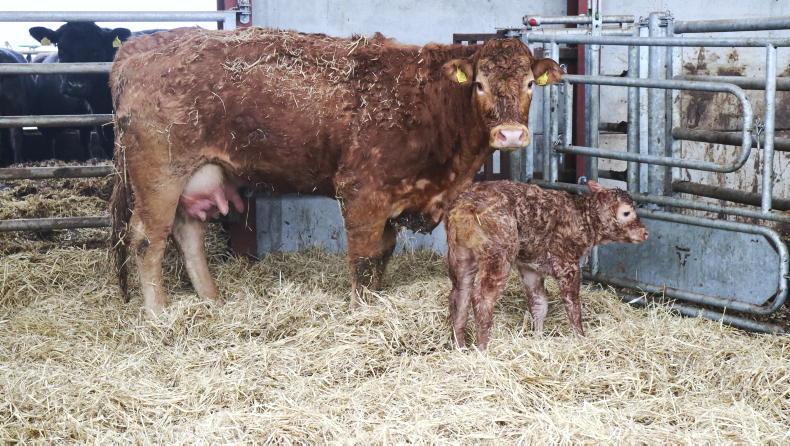

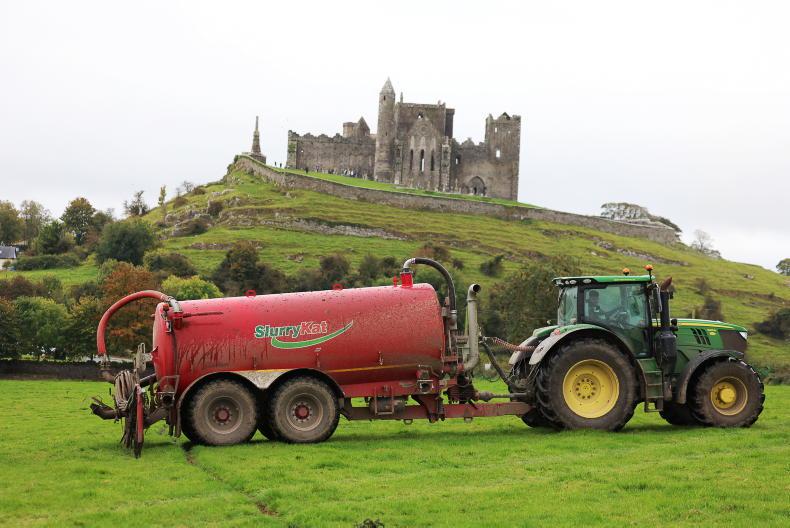

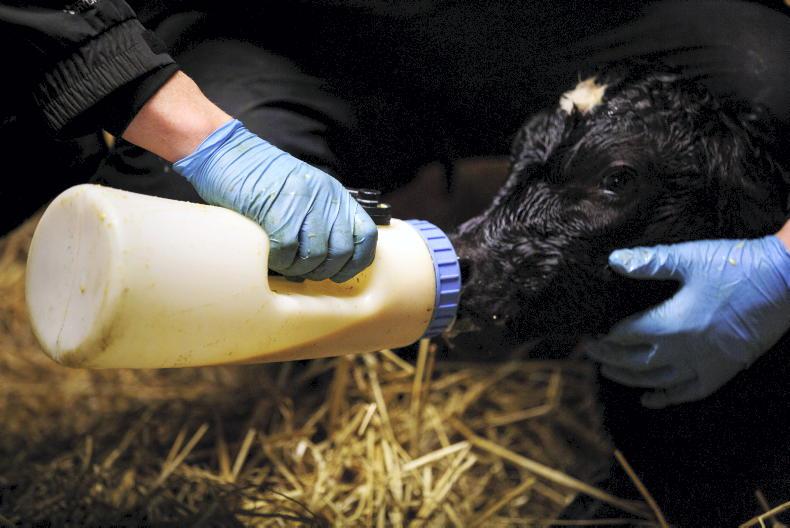
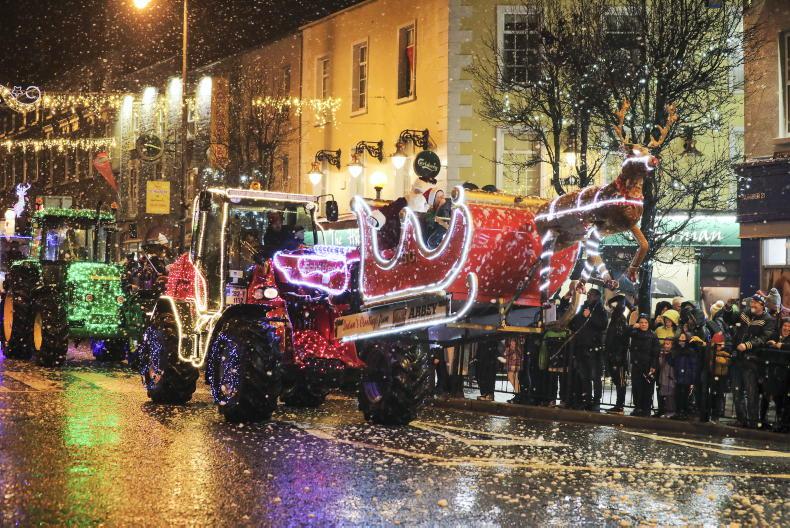
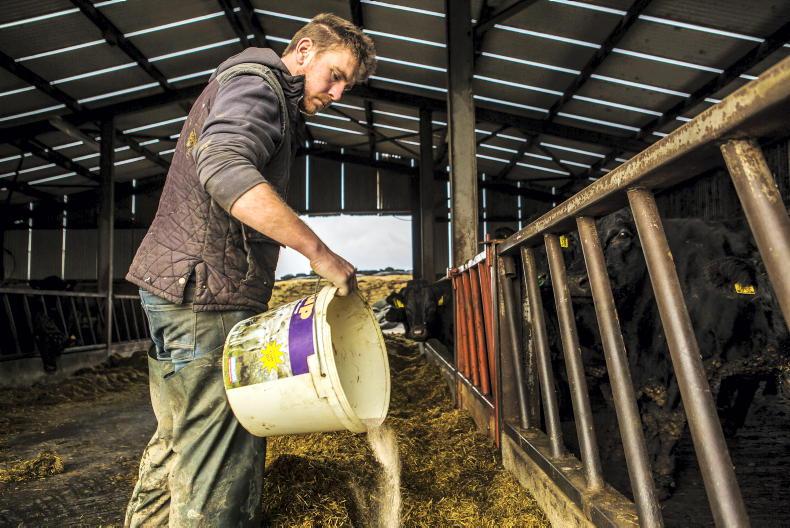
SHARING OPTIONS